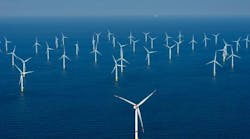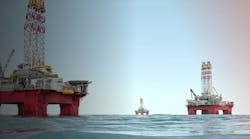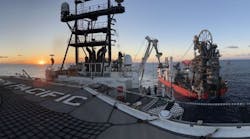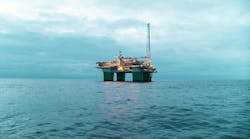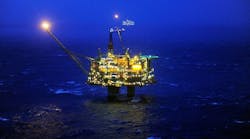International operators are capitalizing on rapidly increasing demand for natural gas in the Asia/Pacific region, and that demand is expected to triple during the next 30 years. With substantial capital invested in a number of LNG projects, Australia is poised to be the world's largest LNG exporter. The good news for offshore contractors and suppliers is that most of the LNG feed gas will be sourced from deepwater fields off Western Australia. But, asOffshoreSpecial Correspondent Wendy Laursen points out in this issue, the lack of infrastructure, local capacity, and the introduction of a carbon tax pose competitive threats. Larsen, in her special report beginning on page 42, outlines the challenges facing Australia's oil and industry, details the major offshore projects currently under way, and looks ahead to additional hub and FLNG developments. At the time of this writing, Ichthys was the latest LNG project to get a final investment decision, bringing total committed capital in the LNG sector to over $175 billion, according to the Australian Ministry for Resources and Energy. The offshore facilities will consist of a subsea well development connected to a central processing facility for gas treatment and an FPSO for condensate. Feed gas from the Ichthys field, in the Browse basin offshore Western Australia, will be exported to the onshore LNG processing facilities in Darwin via an 889-km (552-mi) pipeline. First production from the $34-billion development is expected in 2016.
Elsewhere in the Asia/Pacific, oil producing nations including Indonesia, Malaysia, and China are struggling to meet domestic demand. Factors affecting petroleum operations in the region, according toGene Kliewer,OffshoreTechnology Editor–Subsea & Seismic, include:
- More but smaller discoveries over the past decade or so resulting in declining reserves additions in the face of rising demand
- Discovery costs are rising faster than in other parts of the world and that affects economic development decisions
- The Asia/Pacific region is large with complex geology and equally complex politics.
Kliewer's in-depth regional report begins on page 38.
Marginal field developments
A marginal field, new or existing, can be defined as one that may not yield sufficient income to justify development at a given time; should technical or economic conditions change, such a field may become commercial.Eni Exploration and Production, in a special report for Offshore beginning on page 64; discusses the characteristics of a typical marginal field; provides guidelines for concept selection; and reviews the subsea architectures, processing, and boosting features available for development. Eni's article is based on a presentation that won a "Best Paper" award at the Deep Offshore Technology International Conference & Exhibition (www.deepoffshoretechnology.com), held in New Orleans, Louisiana, USA, Oct. 11-13, 2011.
Another operator with expertise in the development of mature basins, Total E&P UK, contends that flow assurance constraints are among the main challenges when developing marginal fields.Jean-Francois Cam, Total E&P UK, points to work in the Islay field development, UK North Sea, as a means to inhibit hydrate formation. The complete case study begins on page 70.
Offshore online
Offshore is rolling out a new Website with a number of enhancements to improve your online experience. The pages are redesigned and balanced with new color schemes and graphics for a cleaner look. The latest news postings are displayed in the center of the page with adjacent tabs for easy access to topic centers which now includes a page dedicated to deepwater. I invite you to explore these and the other new features of Offshore's Website atwww.offshore-mag.com. Please feel free to send me your comments.
To respond to articles in Offshore, or to offer articles for publication, contact the editor by email([email protected]).
Offshore Articles Archives
View Oil and Gas Articles on PennEnergy.com
